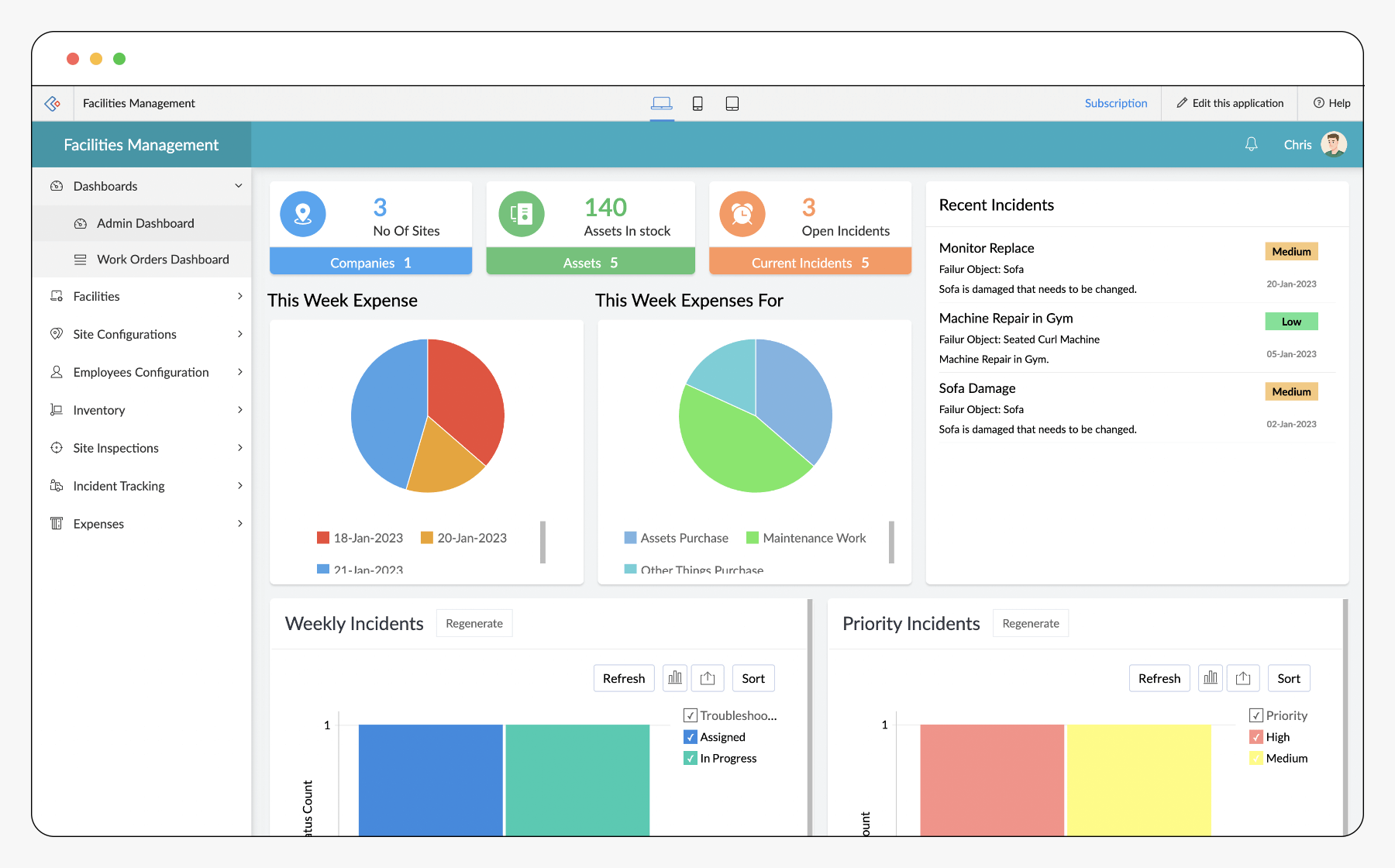Understanding Facility Maintenance Software and Facility Management Systems
Facility maintenance and management play a crucial role in ensuring the smooth operation of any organization. Whether you are managing a commercial building, industrial site, or residential property, using the right tools can make all the difference. This is where facility maintenance software and a facility management system come into play. In this article, we will explore what these terms mean, their benefits, and how they can revolutionize the way you handle maintenance tasks.
What is Facility Maintenance Software?
Facility maintenance software refers to digital tools that help organizations manage and streamline the upkeep of their physical assets, equipment, and infrastructure. These systems are designed to handle everything from tracking maintenance schedules to managing service requests, ensuring your facilities remain in peak condition.
Key Features of Facility Maintenance Software:
- Asset Management: Track the condition and history of all physical assets.
- Work Order Management: Assign and track maintenance requests in real-time.
- Preventive Maintenance: Set up automated reminders for regular maintenance tasks to avoid costly repairs.
- Mobile Access: Access maintenance data and create work orders from anywhere using mobile devices.
What is a Facility Management System?
A facility management system is a comprehensive solution that covers all aspects of managing a facility, including maintenance, security, space management, and energy efficiency. It provides a centralized platform to oversee daily operations, optimize resource allocation, and ensure compliance with industry regulations.
Core Components of a Facility Management System:
- Maintenance Management: This includes the tracking, scheduling, and execution of maintenance tasks.
- Space Management: Optimizing the use of physical space to improve workflow and efficiency.
- Energy Management: Monitoring energy usage to reduce costs and improve sustainability.
- Vendor Management: Managing relationships with external contractors and service providers.
f processes and technologies used to oversee the day-to-day operations of a building or facility. While facility maintenance software focuses on maintenance tasks, it is an integral part of the overall facility management system. Here’s how facility maintenance software enhances a facility management system:
- Centralized Data Management
By integrating maintenance software into a facility management system, organizations can centralize their data. All maintenance records, asset information, and service history are stored in one place, making it easier to access and analyze. This reduces the risk of errors and improves decision-making. - Streamlined Operations
A facility management system with integrated maintenance software automates many of the manual tasks associated with facility operations. From scheduling preventive maintenance to generating work orders, the software simplifies the process and reduces administrative overhead. This allows facility managers to focus on higher-priority tasks. - Improved Collaboration
With a facility maintenance software solution, communication between maintenance teams, managers, and other stakeholders is streamlined. Everyone involved in the maintenance process has access to the same data and can collaborate more effectively. This enhances coordination and helps teams respond quickly to maintenance issues. - Cost Control and Budgeting
Facility maintenance software helps organizations track maintenance costs, identify inefficiencies, and optimize resource allocation. By having a clear overview of asset performance and maintenance requirements, facility managers can make more informed decisions about budgeting and long-term planning. - Regulatory Compliance
Many industries require compliance with specific safety standards and regulations. Facility maintenance software helps ensure that maintenance activities align with legal requirements. Automated reporting and record-keeping reduce the risk of non-compliance and help organizations avoid penalties.
Benefits of Using Facility Maintenance Software
Using facility maintenance software offers several advantages that help organizations stay efficient, save money, and improve the quality of their operations:
1. Improved Efficiency
Automation of tasks such as scheduling, work order management, and inventory control allows facilities managers to handle operations more efficiently. This frees up time for more critical tasks and ensures everything runs smoothly.
2. Cost Savings
By using maintenance software, you can identify inefficiencies and avoid unnecessary repairs. Preventive maintenance tools help detect issues before they become costly breakdowns, saving you money in the long run.
3. Enhanced Collaboration
Facility maintenance software provides a collaborative environment where teams can track work orders, share updates, and manage tasks in real-time. This ensures seamless communication across departments.
4. Data-Driven Decision Making
Facility management systems generate valuable data about the performance of assets, space utilization, and energy consumption. This data can be used to make informed decisions that optimize resources and improve overall facility performance.
How Facility Maintenance Software Integrates into a Facility Management System
Facility maintenance software is an integral part of a larger facility management system. The two work together to create a cohesive approach to managing every aspect of a facility, ensuring nothing is overlooked. While maintenance software handles the technical upkeep of assets and equipment, a broader management system oversees everything from space planning to compliance monitoring.
Conclusion
In today’s fast-paced world, the use of facility management system is essential for businesses looking to optimize their operations, reduce costs, and improve the overall quality of their facilities. Investing in these solutions can provide long-term benefits, streamline maintenance tasks, and ensure that your assets are well-maintained and operating efficiently.














Post Comment